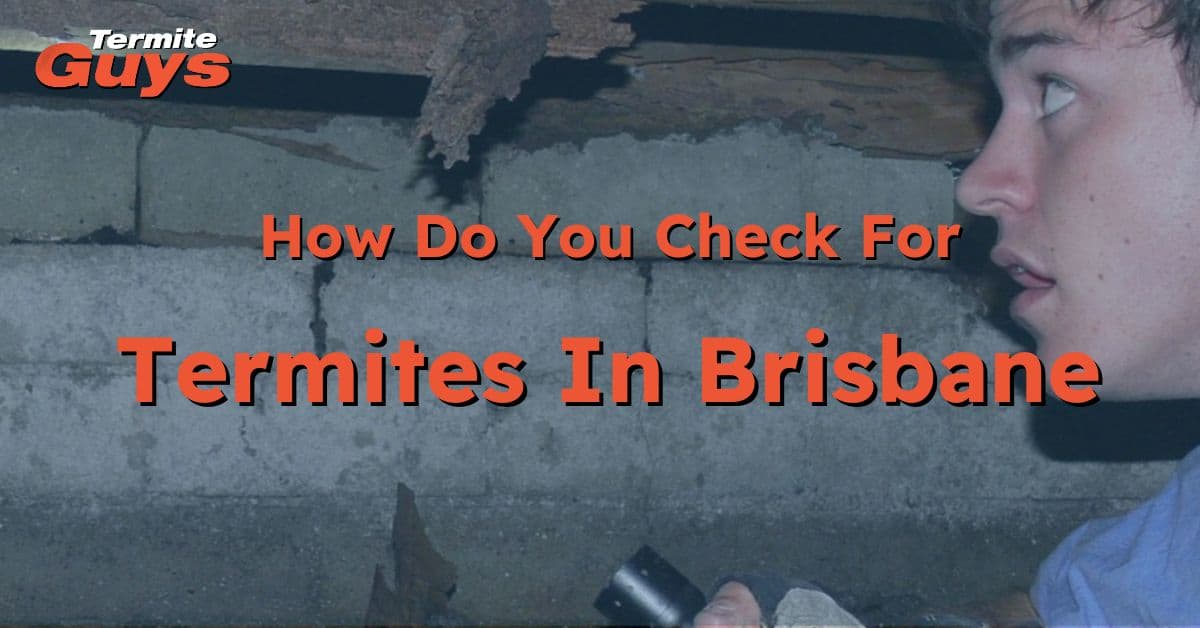Why Flying Termites Can Be Dangerous? Understanding the Risks and How to Protect Your Home
Flying termites, or alates, are a common sight in Brisbane during swarming season, often drawing attention and concern from homeowners. But how dangerous are these winged insects, and what risks do they pose to your property and health? This article explores the potential dangers of flying termites, their role in the termite life cycle, and what you can do to protect your home.
What Are Flying Termites?
Flying termites are reproductive members of a termite colony, responsible for expanding the colony and establishing new nests. They emerge in swarms, typically on warm, humid evenings, to mate and start new colonies. After mating, they shed their wings and begin looking for a suitable location to create a new colony.
While flying termites themselves are not directly dangerous to humans, their presence is a warning sign of a mature termite colony nearby. If left unchecked, these colonies can lead to severe structural damage to your property.
The Potential Damage Flying Termites Can Cause
The real danger of flying termites lies in the colonies they establish. Termites are wood-destroying insects that can silently and systematically eat through wooden structures, compromising the safety and stability of your home. Here’s what you need to know:
- Structural Damage: Termites feed on cellulose, which is found in wood and other plant-based materials. They can cause extensive damage to support beams, flooring, walls, and even furniture. The longer a termite infestation goes undetected, the greater the risk of significant and costly repairs.
- Impact on Property Value: Homes with termite damage or a history of infestations can suffer from decreased property value. Even if the infestation is treated, the presence of termite damage may deter potential buyers or require expensive restoration work.
Health Concerns Associated with Termite Infestations
While termites are not known to carry diseases or directly harm humans, there are some health concerns related to termite infestations:
- Allergies and Asthma: The presence of termites can exacerbate allergies or asthma in some individuals. Termite droppings, shed wings, and the dust created from their tunneling activities can become airborne, irritating those with respiratory sensitivities.
- Mold Growth: Termite infestations often occur in damp or moisture-rich environments, which can promote mold growth. Mold spores can contribute to respiratory problems and other health issues, especially for people with compromised immune systems.
Identifying and Managing Flying Termites
To protect your property from the risks associated with flying termites, it’s essential to recognize the signs of their presence and take prompt action. Here’s how:
How to Identify Flying Termites
- Appearance: Flying termites have straight antennae, a thick waist, and two pairs of equal-length wings. They are often mistaken for flying ants, which have bent antennae, a pinched waist, and wings of different lengths.
- Discarded Wings: After swarming, flying termites shed their wings. You may find piles of these translucent wings near windows, doors, or light sources.
- Swarm Behavior: Flying termites are attracted to light, so you may see them gathering around exterior lights or trying to enter your home through windows.
Managing Flying Termites and Preventing Infestations
- Reduce Moisture: Since termites thrive in damp environments, fix any leaks in your home’s plumbing and improve drainage around your property. Ensure that crawl spaces and attics are well-ventilated to reduce humidity.
- Seal Entry Points: Inspect your home for cracks or gaps in the foundation, walls, and around windows or doors. Sealing these entry points can make it harder for termites to gain access.
- Remove Wood and Debris: Keep firewood, mulch, and other wooden materials away from your home’s foundation. These items can serve as a food source for termites and increase the risk of infestation.
- Regular Inspections: Schedule annual termite inspections with a professional pest control service, especially if you live in an area like Brisbane where termite activity is prevalent. Early detection is key to preventing severe damage.
Conclusion
So, are flying termites dangerous? While they don’t pose a direct threat to humans, their presence is a red flag for potential property damage and health concerns related to infestations. The real danger comes from the colonies they establish, which can silently destroy the wooden structures in your home.
Staying vigilant and taking proactive measures can help mitigate these risks. If you notice signs of flying termites, such as swarms or discarded wings, it’s crucial to consult a professional pest control expert. Companies like Termite Guys Brisbane can provide comprehensive inspections and tailored solutions to protect your home from these destructive pests. Early intervention can save you from costly repairs and ensure your property remains safe and secure.


